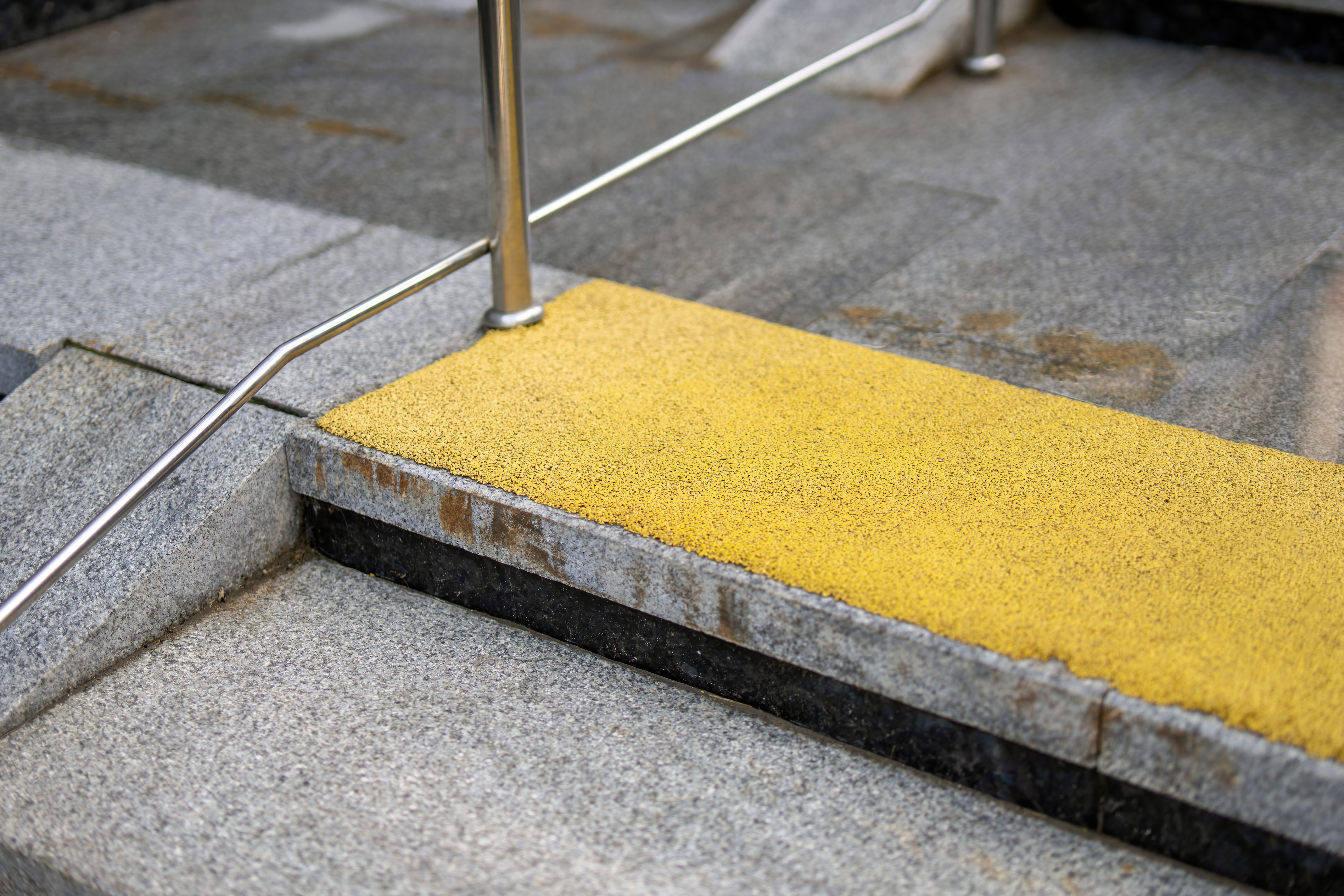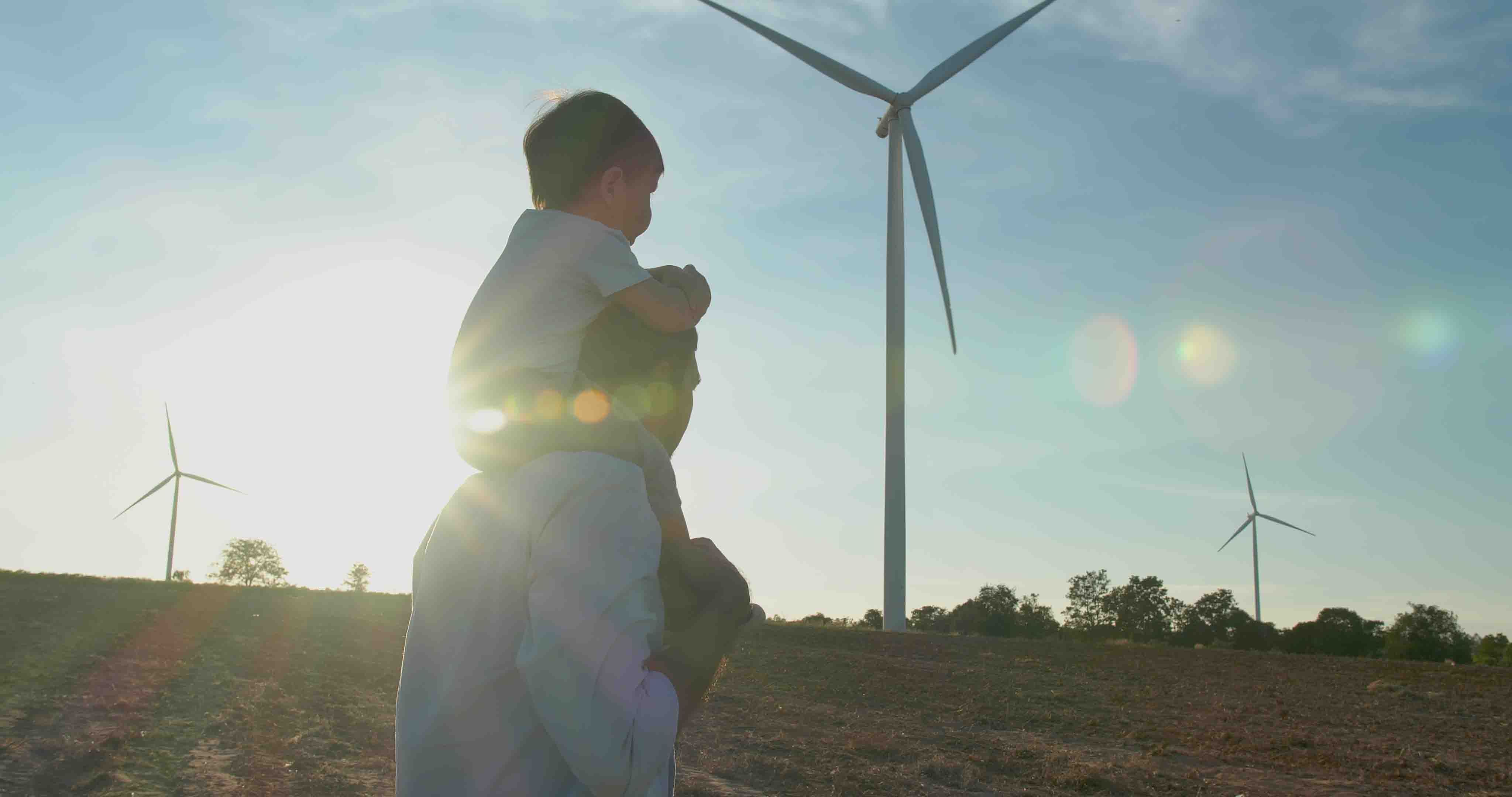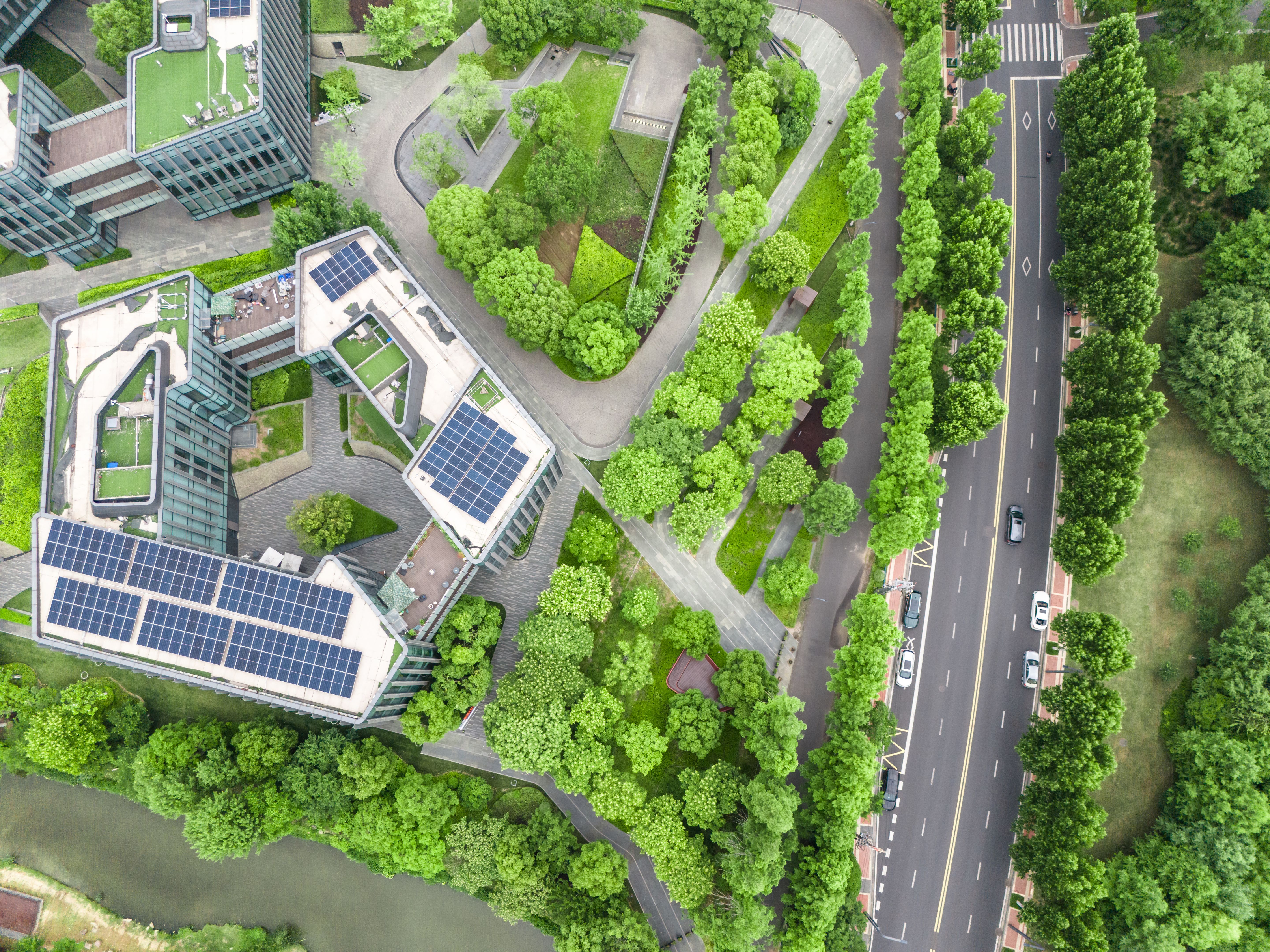Understanding Energy Floors: A New Source of Power
What Are Energy Floors?
Energy floors are an innovative technology that transforms kinetic energy from footsteps into electricity. These floors are embedded with sensors and generators that capture the energy produced when people walk over them. The concept is simple: as people move, the pressure applied to the floor generates power, which can then be used to light up nearby areas or charge devices.
These floors are particularly useful in high-traffic areas such as shopping malls, airports, and train stations, where thousands of footsteps can produce a significant amount of energy. By harnessing this energy, businesses and public spaces can reduce their reliance on traditional power sources and move towards more sustainable energy solutions.

The Technology Behind Energy Floors
The core of energy floor technology lies in piezoelectric materials. These materials generate an electrical charge in response to applied mechanical stress. When integrated into flooring systems, they can efficiently convert the kinetic energy from footsteps into usable electricity. The floors are typically designed with multiple layers, including a surface layer for durability and underlying components where the energy conversion takes place.
Recent advancements have improved the efficiency and durability of these floors, making them more viable for widespread use. The integration of smart technology has also enhanced their functionality, allowing for real-time data monitoring and energy management.
Benefits of Adopting Energy Floors
One of the primary benefits of energy floors is their potential to contribute to sustainable energy solutions. By utilizing a renewable source of power, they can help reduce carbon footprints and support environmental conservation efforts. Additionally, they provide an innovative way to engage the public in energy conservation initiatives.
Beyond environmental benefits, energy floors can also offer economic advantages. They can reduce electricity costs for large facilities and provide a new revenue stream through sponsorships or partnerships. Organizations implementing these floors often see increased public interest and engagement, which can enhance brand reputation.

Real-World Applications
Energy floors have been successfully implemented in various locations worldwide. For example, they have been used in dance clubs to power lights and sound systems, creating an interactive and eco-friendly entertainment experience. Similarly, some schools have installed energy floors in playgrounds to educate children about renewable energy in a fun and engaging way.
Public transportation hubs are also ideal candidates for energy floor installations. With thousands of passengers moving through daily, these locations can generate substantial amounts of electricity, reducing operational costs while promoting sustainability.
Challenges and Future Prospects
Despite the promising potential of energy floors, there are challenges to their widespread adoption. The initial investment costs can be high, and the technology is still evolving to improve efficiency and scalability. Additionally, maintenance and durability in various weather conditions remain concerns that need addressing.
However, as technology advances and awareness of sustainable practices grows, the future of energy floors looks bright. Continued research and development are likely to bring down costs and enhance the performance of these systems, paving the way for more extensive use in urban planning and architecture.

Conclusion
Energy floors represent an exciting step forward in the quest for sustainable power solutions. By turning ordinary footsteps into a source of clean energy, they offer a unique opportunity to reduce reliance on non-renewable resources while engaging the public in sustainability efforts. As technology continues to advance, we can expect to see more innovative applications that harness human activity for a greener future.
